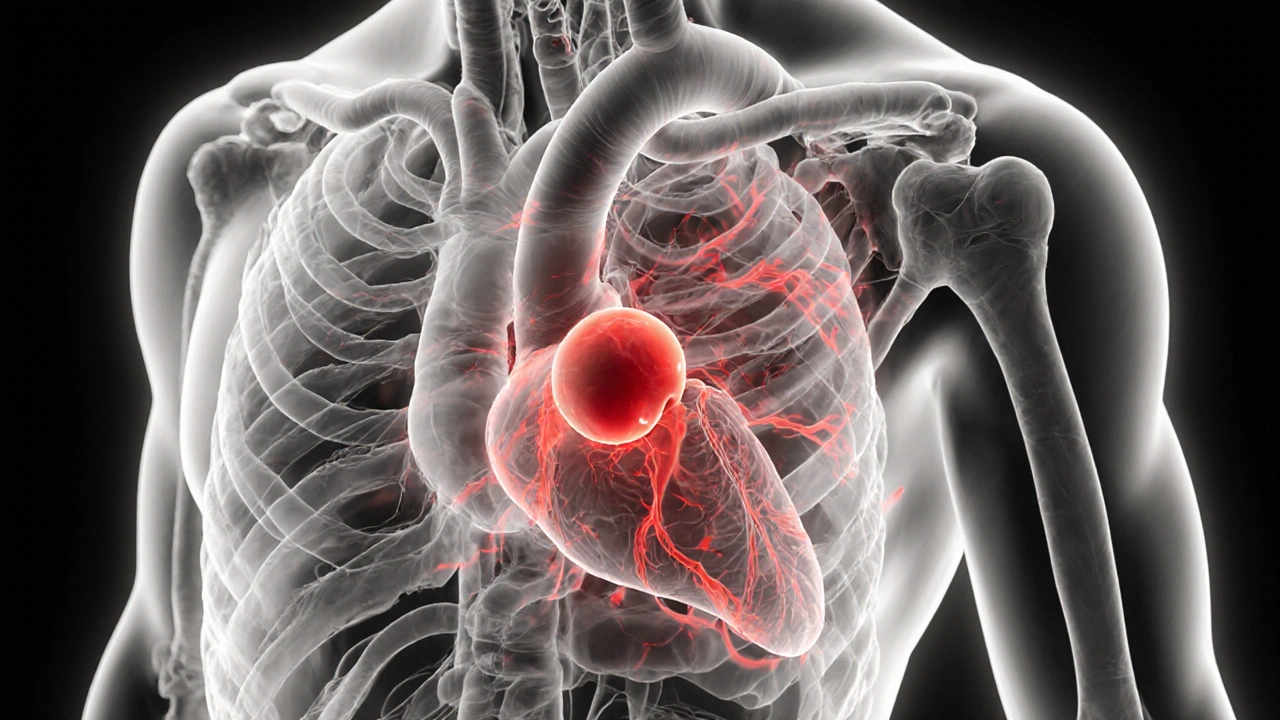Stroke Prevention: Practical Ways to Reduce Your Risk
When working with stroke prevention, the set of actions designed to lower the chance of a brain‑blood‑vessel event, you’re tapping into a multidisciplinary effort. Also known as cerebrovascular risk reduction, it blends medical treatment, lifestyle tweaks, and regular monitoring to keep arteries clear. Stroke prevention is tightly linked to cardiovascular disease, a family of heart‑and‑vessel disorders and especially to hypertension, persistent high blood pressure that damages vessels. Using anticoagulants, drugs that thin the blood to stop clots is another cornerstone, particularly for people with atrial fibrillation. In short, stroke prevention requires controlling blood pressure, managing clot risk, and addressing the broader cardiovascular picture.
Key Pillars of Stroke Prevention
The first pillar is blood pressure control. Studies show that each 10 mmHg drop in systolic pressure cuts stroke risk by roughly 30 %. This means regular monitoring, dietary sodium reduction, and appropriate medication are non‑negotiable. The second pillar focuses on healthy blood lipids. Lowering LDL cholesterol with statins or diet changes reduces arterial plaque, which in turn lowers the chance of a clot traveling to the brain. Third, anticoagulant therapy—whether warfarin, dabigatran, or apixaban—directly influences clot formation, making it essential for patients with atrial fibrillation or previous embolic events. Fourth, lifestyle modification covers exercise, weight management, smoking cessation, and moderate alcohol intake; each habit chips away at the underlying risk factors that feed cardiovascular disease. Lastly, routine screening—blood pressure checks, cholesterol panels, diabetes testing, and heart rhythm monitoring—catches silent problems before they become catastrophic. These five pillars weave together to form a robust stroke prevention plan.
Putting the plan into action is easier when you break it down into daily habits. Start the day with a 10‑minute walk or light jog; that movement helps keep blood vessels flexible and improves insulin sensitivity. Pair the walk with a breakfast rich in whole grains, berries, and a protein source to stabilize blood sugar and avoid the spikes that can damage vessels over time. If you smoke, set a quit date and use nicotine patches or counseling—research ties smoking to a 2‑to‑4‑fold increase in stroke risk. Limit salty snacks and processed foods; aim for less than 1,500 mg of sodium per day to ease the heart’s workload. For those on anticoagulants, adhere strictly to dosing schedules and keep an eye on any signs of bleeding; regular lab checks ensure the dose stays in the therapeutic window. Finally, schedule annual check‑ups that include a blood pressure reading, lipid panel, and, if indicated, a heart rhythm test—early detection of atrial fibrillation can trigger timely anticoagulant therapy, dramatically cutting stroke odds. By integrating these steps, you turn abstract risk factors into concrete actions that protect your brain.
Now that you’ve got the core concepts, the collection below offers deeper dives into each piece of the puzzle. You’ll find guides on medication management, detailed lifestyle advice, and the latest screening tools—all curated to help you build a personalized stroke prevention strategy that works for you.
How Apixaban Helps Manage Atrial Fibrillation and Prevent Stroke
- Laura Ledas
- Jul, 17 2025
Learn how apixaban works for atrial fibrillation, its dosing, safety, and how it compares to other anticoagulants for stroke prevention.
Learn More